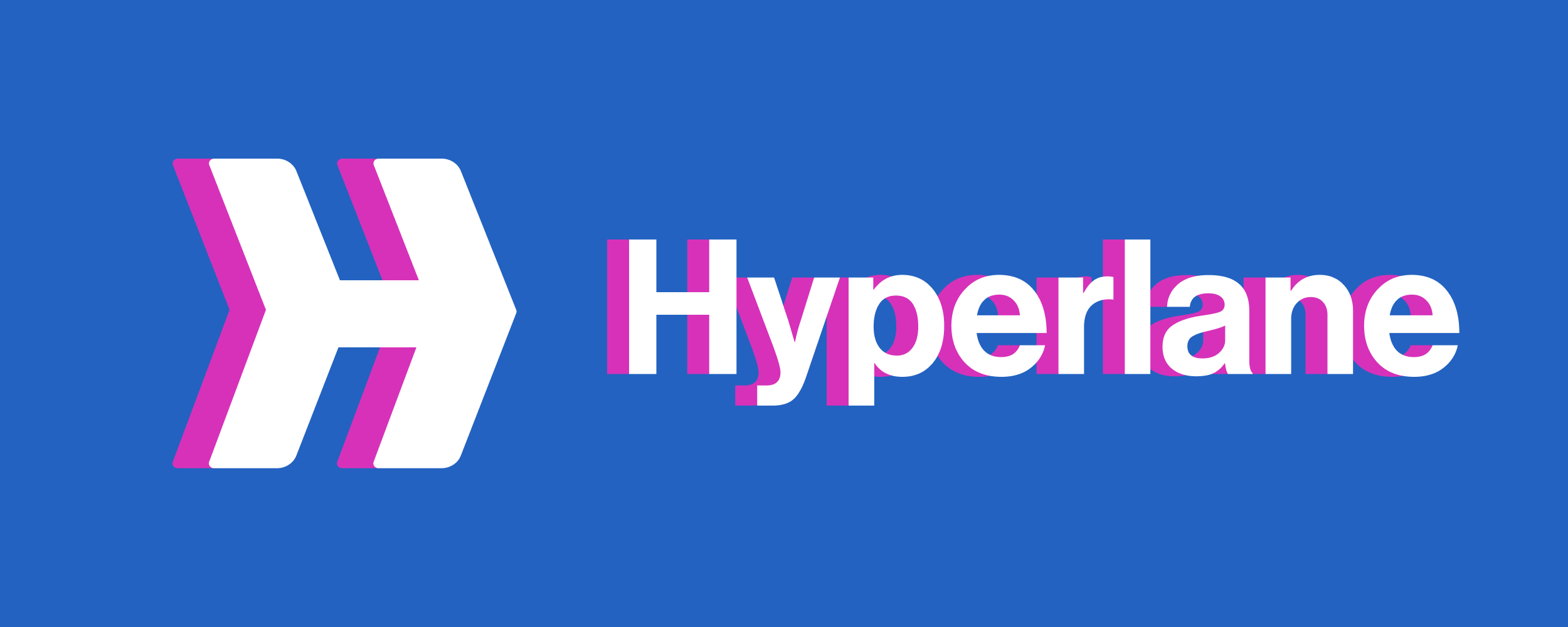GAME of MITO - The Mitosis Incentivized Public Testnet

GM
Mitosis has just annouced the start of the Game of MITO (GM) which is an incentivized public testnet designed for everyone, whether you're new to crypto or an experienced strategist. Engage in exciting activities, collaborate with strong teams, and climb the leaderboards as you earn tMITO tokens. Your adventure in building the Mitosis chain begins now.
The main objective for GM participants is to gather as many tMITO (Testnet $MITO) tokens as possible by utilizing assets across multiple chains and protocols on Mitosis L1, all while developing innovative strategies. GM offers more than just on-chain tasks; it encourages interaction with other users, fostering growth and collaboration within the community.
Campaign Details
Milestones:
- September 2024: Launch of Mitosis Evolve and Builder's Program; Waitlist & Superpass open.
- October 2024: Game of MITO (GM) officially begins.
Superpass Benefits:
- Immediate Testnet Access: Superpass holders will get instant entry to the Mitosis testnet, providing early access to explore and test features before others.
- Launch Advantages: Superpass holders will enjoy special benefits when Mitosis officially launches, such as enhanced rewards or features.
- Community Sharing: Superpass holders can invite friends by sharing their pass, helping expand the Mitosis community. This promotes collaboration and allows others to join the testnet early.
- Referral System: For every person who joins using your unique invitation code or Superpass, you'll gain additional Waitlist points, boosting your ranking.
- Early Registration Perks: By registering early on the Waitlist, you secure a higher initial rank, unlock more rewards during the testnet, and gain access to exclusive community events.
Superpass Distribution:
- Community Engagement-Based: Superpasses are distributed based on your involvement in the Mitosis community. Active participation and contributions will increase your chances of securing a pass.
- Limited Distribution: To ensure fairness, each wallet can hold a maximum of 20 Superpass codes. This limit is designed to reward the most engaged members without centralizing access.
How to Participate
How to Participate in Game of MITO (GM):
-
Join the Waitlist:
Start by registering on the Waitlist to secure your spot for the Game of MITO. The earlier you join, the better your position. Use this link to sign up: Join the Waitlist. -
Priority System:
- Higher Scores for Existing Members: Members who are already active in the Mitosis community, or have contributed to the Expedition campaign, will receive higher Waitlist scores, gaining earlier access to GM.
- Early Bird Benefits: By joining the Waitlist early, you'll get a better ranking, access to exclusive testnet rewards, and potential bonuses.
-
Phase-Based Participation:
Users will be admitted to GM in phases based on their position on the Waitlist. Those at the top of the list will enter first, giving them more time to participate in activities, collect tMITO tokens, and climb the leaderboard. -
Improve Your Chances:
- To boost your Waitlist position, join the Mitosis Discord community and take part in events and discussions.
- Engage in the Expedition campaign to further increase your score. Active participation is key to getting ahead in the Game of MITO.
By following these steps and engaging early, you'll increase your chances of gaining early access and maximizing your rewards in the Game of MITO.
Follow Us on X
Stay updated and follow us on X for the latest news and updates:
